The architecture of the inner world and its accompanying narratives unfold in the three-part programme (curator Gerda Paliušytė) inspired by Lauren Berlant’s (1957-2021) philosophy and trajectories of thought. Berlant paid particular attention to affect, the plane of intimacy and feelings and its relationship to power structures; to that which can smother, or on the contrary – to disrupt repetition and resist control. Berlant was also highly critical of neoliberalism as an all-encompassing, repressive system, encouraging to search for a commonality that enables creativity and allows to reject normativity, preconceived “knowledge” and trivial system-imposed habits. The festival programme is divided into three interconnected parts and keywords: studying-relearning, desire-love and coming of age. The programme focuses on the ability to feel, observe, learn, love, fantasise and desire in a complex world of overlapping artificial realities and regimes – a world that not only empowers, but can also limit or disappoint.
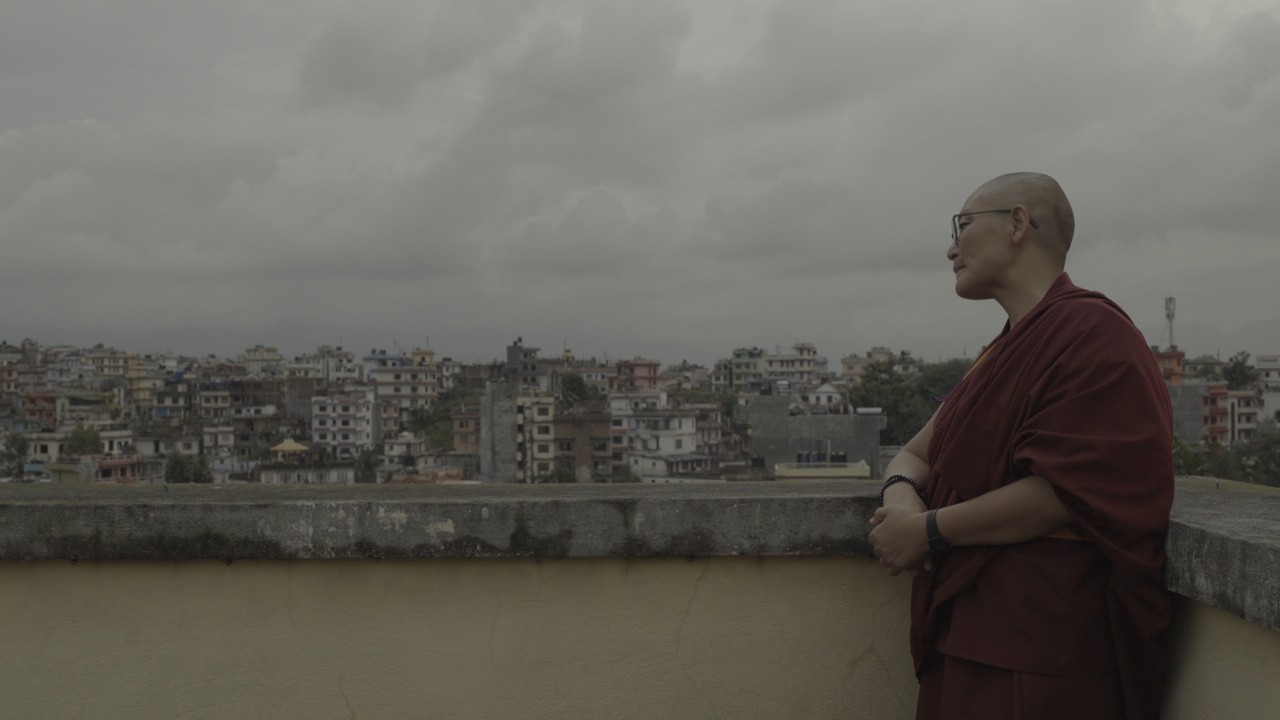
The Geshema is Born
Dir. Malati Rao
Documentary
India-Nepal, 2019
Languages: Tibetan, English
56
For the Buddha, establishing a community of nuns was a radical experiment at that time. Over the centuries, Buddhist religious life was available to women and many historical events mention highly accomplished nuns; but the highest monastic qualifications were denied to them. His Holiness the Dalai Lama worked for decades along with the nuns in Tibetan Buddhism to empower and enable them to finally receive the same education and degree as the monks. In achieving this, the nuns impact the potential of women across all faiths and foreground the
wisdom and uniqueness of the feminine experience. The film traces the journey of an exceptional nun, Namdol Phuntsok, the first woman ever to be awarded the highest degree in Tibetan philosophy – the Geshema degree which stands for the ‘knower of virtue’.
Biography
Malati Rao has been making documentaries for the last decade, several of which have been broadcast on public television. Handmade in India, on India’s craft traditions and Born Behind Bars, about children growing up in prison, have been applauded and screened at several film festivals. Malati holds an MFA degree in Film and Media Arts from Temple University.
Technical Information:
Cinematography: Shanker Raman, Paromita Dhar, Tarun Rakeshia, Shefali Jamwal
Editing: Shefali Jamwal, Malati Rao
Music: Naren Chandavarkar
Location Sound Recording: Sudipto Mukhopadhyay, Shefali Jamwal
Sound Mixing: Vinod Subramaniam
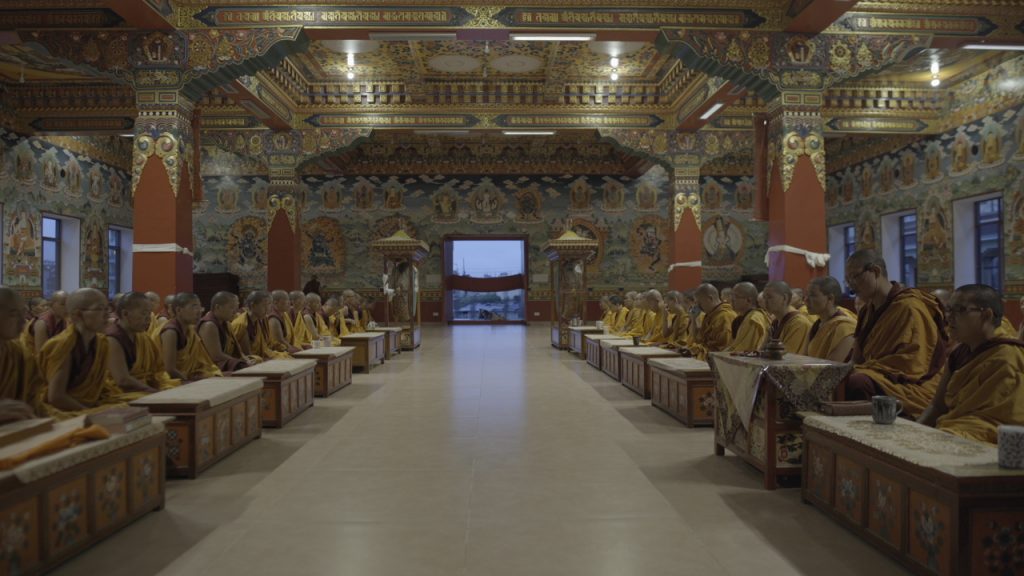
Hands Around in Yangon
Dir. Moe Satt
Video
Mianmar, 2012
7
“In the video, I recorded the hand movements of people around me: from laborers working on the streets and in the markets to friends and local artists. Do you think hand gestures can tell a story? About sadness, success, and so on. There are moving hands, working hands, eating hands, communicating hands. I collect many stories about the hands of others.” (Note from the artist)
“This video emphasizes the almost autonomous character of the ingrained movement it follows. The hands are shown as if independent of their owners’ mind and rather integral to the activity they are pursuing. Could hand movements ever be a key to revealing the inner workings of any given culture? It seems they might. Seeing as how the hand movements are – at least to a degree – determined by the things they touch and leave.” (Note from curator Roger M. Buergel)
Biography
Moe Satt (b. 1983) is an artist and curator who lives and works in Yangon, Myanmar.
In 2008, he founded and organised Beyond Pressure, an international festival of performance art in Myanmar. He has participated in live arts festivals throughout Asia and Europe. In his works, which span various mediums from photography and sculpture to video and sound installations, Satt addresses provocative social and political issues in military-ruled Myanmar, such as the role of religion and that of the individual in society. He has been invited to several artist-in-residence programmes, which include, among others, Delfina in London (2020); ACC in New York (2017); IASPIS in Umeå, Sweden (2016); and International Residence at Recollets, Paris (2015). His work has been featured in several group exhibitions, including The Street: Where the world is made at MAXXI Museum, Rome (2018); Political Acts: Pioneers of performance art in Southeast Asia in Melbourne (2017); CAFAM Biennale, Beijing (2013); and Busan Biennale (2012). He was one of the finalists for the Hugo Boss Asia Art Award 2015. A couple of months ago, he was detained by the country’s military junta for being involved in political movement and has just been released from prison.
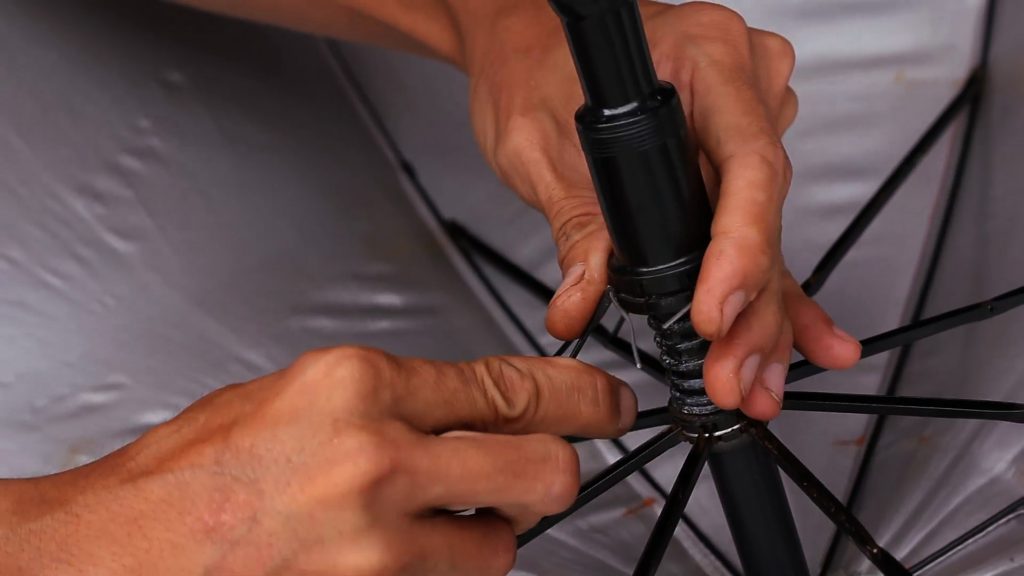
Wolf piece
Dir. Clara Rueprich
Video
Germany, 2017
9
White wolves emerge as part of a dream-like landscape at dawn. As the wolves move between branches and foliage, a sense of bewilderment and rootlessness prevails. The wolves’ movements defy a clear spatial perception. There are striking parallels to Sigmund Freud’s famous case, the Wolf-Man, based on a nightmare a Russian aristocrat dreamed more than a hundred years ago: “I was terrified to see that some white wolves were sitting on the big walnut tree in front of the window. There were six or seven of them. The wolves were quite white, and looked more like foxes or sheep-dogs, for they had big tails like foxes and they had their ears pricked like dogs when they pay attention to something.”
https://artuk.org/discover/artworks/wolves-sitting-in-a-tree-191978
Whereas Freud used the fearsome dream to “reveal” a supposed hidden trauma of his patient, the video places the wolves at the centre. It is about cherishing the unsettling presence of the wolves rather than about unravelling the mystery. Sometimes there is a profound abyss in the landscape the wolves cross, but for them it does not seem to matter. They are what they are.
Biography:
Clara S. Rueprich is a Germany-based artist who lives and works in Leipzig. She studied at the Academy of Fine Arts in Nuremberg (MA in Art and Public Space), the Academy of Visual Arts/HGB Leipzig (MA in Media Art) and the Chelsea College of Art and Design London (MA in Fine Arts).
Rueprich’s work has been shown in numerous international exhibitions, including at the Off-Biennale Budapest, Museum for Contemporary Art (GfZK) Leipzig, Neue Gesellschaft für Bildende Kunst (NGBK) Berlin, ZKMax Munich and Kunstmuseum Bonn. She has also had solo shows at Josh Lilley Gallery London, Kunsthaus Nürnberg and Kunstverein Linz, among other institutions.
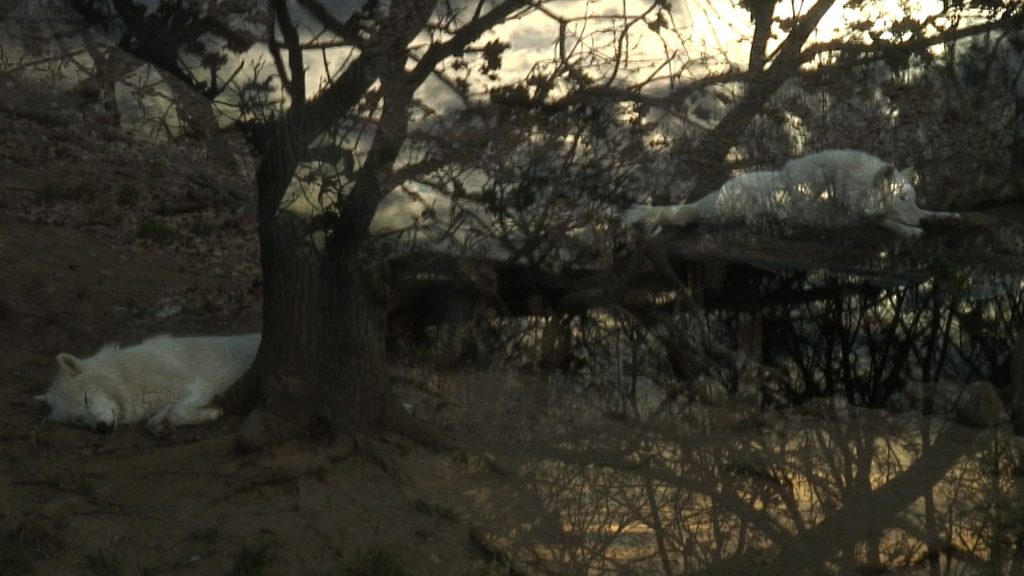
Eye Vis Mac Cam
Dir. Will Peck
Video
UK, 2018
2
Will Peck makes prints, videos, images and drawings using technological devices such as cameras, printers, scanners, Xerox machines and computer mice. These outcomes regard shifting relationships between machines and materiality. The artist’s series Eye Vis Mac Cam shows the algorithmic decision-making of the camera as it responds to movement, texture and colour changes.
Biography:
Will Peck (b.1991, Norwich, UK) lives and works in London, UK. He received his BA from The Cass, London Metropolitan University, and his MA from the Sandberg Instituut, Amsterdam. Solo exhibitions include Air Sensor, Lavender Open Chair in Tokyo; . . s hly;;,; at Montos Tattoo, Vilnius; Prin print prog, Centre for Recent Drawing in London; and log lights, Mumei, Tokyo. He has also taken part in group exhibitions at the OUTPOST Members show, selected by White Pube, in Norwich; the Ipswich Annual Biennale 2018; and Centre for Recent Drawing, London. Peck recently undertook a residency at Villa Lena Foundation, Italy.
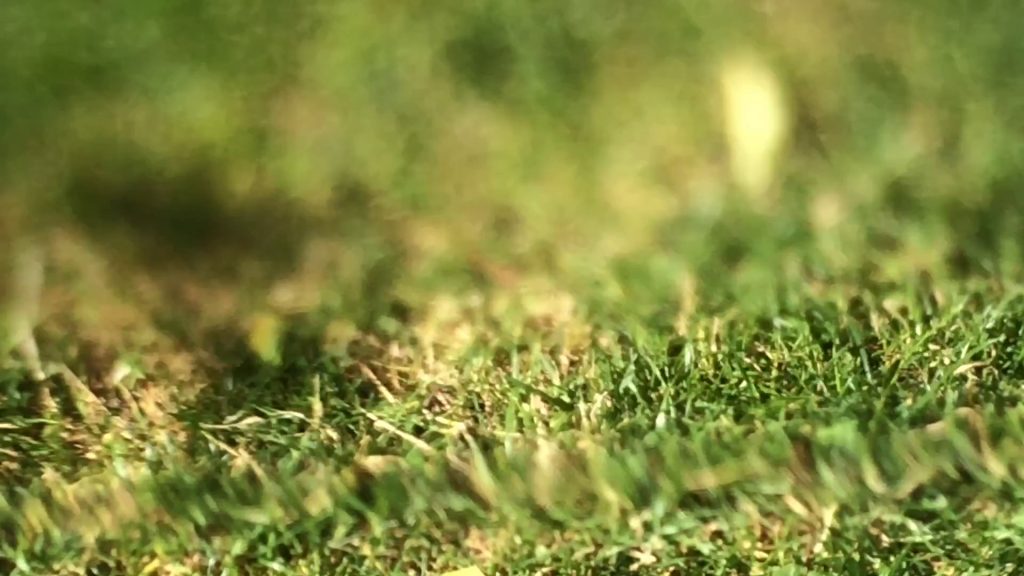

The architecture of the inner world and its accompanying narratives unfold in the three-part programme (curator Gerda Paliušytė) inspired by Lauren Berlant’s (1957-2021) philosophy and trajectories of thought. Berlant paid particular attention to affect, the plane of intimacy and feelings and its relationship to power structures; to that which can smother, or on the contrary – to disrupt repetition and resist control. Berlant was also highly critical of neoliberalism as an all-encompassing, repressive system, encouraging to search for a commonality that enables creativity and allows to reject normativity, preconceived “knowledge” and trivial system-imposed habits. The festival programme is divided into three interconnected parts and keywords: studying-relearning, desire-love and coming of age. The programme focuses on the ability to feel, observe, learn, love, fantasise and desire in a complex world of overlapping artificial realities and regimes – a world that not only empowers, but can also limit or disappoint.
The Geshema is Born
Dir. Malati Rao
Documentary
India-Nepal, 2019
Languages: Tibetan, English
56
For the Buddha, establishing a community of nuns was a radical experiment at that time. Over the centuries, Buddhist religious life was available to women and many historical events mention highly accomplished nuns; but the highest monastic qualifications were denied to them. His Holiness the Dalai Lama worked for decades along with the nuns in Tibetan Buddhism to empower and enable them to finally receive the same education and degree as the monks. In achieving this, the nuns impact the potential of women across all faiths and foreground the
wisdom and uniqueness of the feminine experience. The film traces the journey of an exceptional nun, Namdol Phuntsok, the first woman ever to be awarded the highest degree in Tibetan philosophy – the Geshema degree which stands for the ‘knower of virtue’.
Biography
Malati Rao has been making documentaries for the last decade, several of which have been broadcast on public television. Handmade in India, on India’s craft traditions and Born Behind Bars, about children growing up in prison, have been applauded and screened at several film festivals. Malati holds an MFA degree in Film and Media Arts from Temple University.
Technical Information
Cinematography: Shanker Raman, Paromita Dhar, Tarun Rakeshia, Shefali Jamwal
Editing: Shefali Jamwal, Malati Rao
Music: Naren Chandavarkar
Location Sound Recording: Sudipto Mukhopadhyay, Shefali Jamwal
Sound Mixing: Vinod Subramaniam

Hands Around in Yangon
Dir. Moe Satt
Video
Mianmar, 2012
7
“In the video, I recorded the hand movements of people around me: from laborers working on the streets and in the markets to friends and local artists. Do you think hand gestures can tell a story? About sadness, success, and so on. There are moving hands, working hands, eating hands, communicating hands. I collect many stories about the hands of others.” (Note from the artist)
“This video emphasizes the almost autonomous character of the ingrained movement it follows. The hands are shown as if independent of their owners’ mind and rather integral to the activity they are pursuing. Could hand movements ever be a key to revealing the inner workings of any given culture? It seems they might. Seeing as how the hand movements are – at least to a degree – determined by the things they touch and leave.” (Note from curator Roger M. Buergel)
Biography
Moe Satt (b. 1983) is an artist and curator who lives and works in Yangon, Myanmar.
In 2008, he founded and organised Beyond Pressure, an international festival of performance art in Myanmar. He has participated in live arts festivals throughout Asia and Europe. In his works, which span various mediums from photography and sculpture to video and sound installations, Satt addresses provocative social and political issues in military-ruled Myanmar, such as the role of religion and that of the individual in society. He has been invited to several artist-in-residence programmes, which include, among others, Delfina in London (2020); ACC in New York (2017); IASPIS in Umeå, Sweden (2016); and International Residence at Recollets, Paris (2015). His work has been featured in several group exhibitions, including The Street: Where the world is made at MAXXI Museum, Rome (2018); Political Acts: Pioneers of performance art in Southeast Asia in Melbourne (2017); CAFAM Biennale, Beijing (2013); and Busan Biennale (2012). He was one of the finalists for the Hugo Boss Asia Art Award 2015. A couple of months ago, he was detained by the country’s military junta for being involved in political movement and has just been released from prison.

Wolf piece
Dir. Clara Rueprich
Video
Germany, 2017
9
White wolves emerge as part of a dream-like landscape at dawn. As the wolves move between branches and foliage, a sense of bewilderment and rootlessness prevails. The wolves’ movements defy a clear spatial perception. There are striking parallels to Sigmund Freud’s famous case, the Wolf-Man, based on a nightmare a Russian aristocrat dreamed more than a hundred years ago: “I was terrified to see that some white wolves were sitting on the big walnut tree in front of the window. There were six or seven of them. The wolves were quite white, and looked more like foxes or sheep-dogs, for they had big tails like foxes and they had their ears pricked like dogs when they pay attention to something.”
https://artuk.org/discover/artworks/wolves-sitting-in-a-tree-191978
Whereas Freud used the fearsome dream to “reveal” a supposed hidden trauma of his patient, the video places the wolves at the centre. It is about cherishing the unsettling presence of the wolves rather than about unravelling the mystery. Sometimes there is a profound abyss in the landscape the wolves cross, but for them it does not seem to matter. They are what they are.
Biography:
Clara S. Rueprich is a Germany-based artist who lives and works in Leipzig. She studied at the Academy of Fine Arts in Nuremberg (MA in Art and Public Space), the Academy of Visual Arts/HGB Leipzig (MA in Media Art) and the Chelsea College of Art and Design London (MA in Fine Arts).
Rueprich’s work has been shown in numerous international exhibitions, including at the Off-Biennale Budapest, Museum for Contemporary Art (GfZK) Leipzig, Neue Gesellschaft für Bildende Kunst (NGBK) Berlin, ZKMax Munich and Kunstmuseum Bonn. She has also had solo shows at Josh Lilley Gallery London, Kunsthaus Nürnberg and Kunstverein Linz, among other institutions.

Eye Vis Mac Cam
Dir. Will Peck
Video
UK, 2018
2
Will Peck makes prints, videos, images and drawings using technological devices such as cameras, printers, scanners, Xerox machines and computer mice. These outcomes regard shifting relationships between machines and materiality. The artist’s series Eye Vis Mac Cam shows the algorithmic decision-making of the camera as it responds to movement, texture and colour changes.
Biography:
Will Peck (b.1991, Norwich, UK) lives and works in London, UK. He received his BA from The Cass, London Metropolitan University, and his MA from the Sandberg Instituut, Amsterdam. Solo exhibitions include Air Sensor, Lavender Open Chair in Tokyo; . . s hly;;,; at Montos Tattoo, Vilnius; Prin print prog, Centre for Recent Drawing in London; and log lights, Mumei, Tokyo. He has also taken part in group exhibitions at the OUTPOST Members show, selected by White Pube, in Norwich; the Ipswich Annual Biennale 2018; and Centre for Recent Drawing, London. Peck recently undertook a residency at Villa Lena Foundation, Italy.
